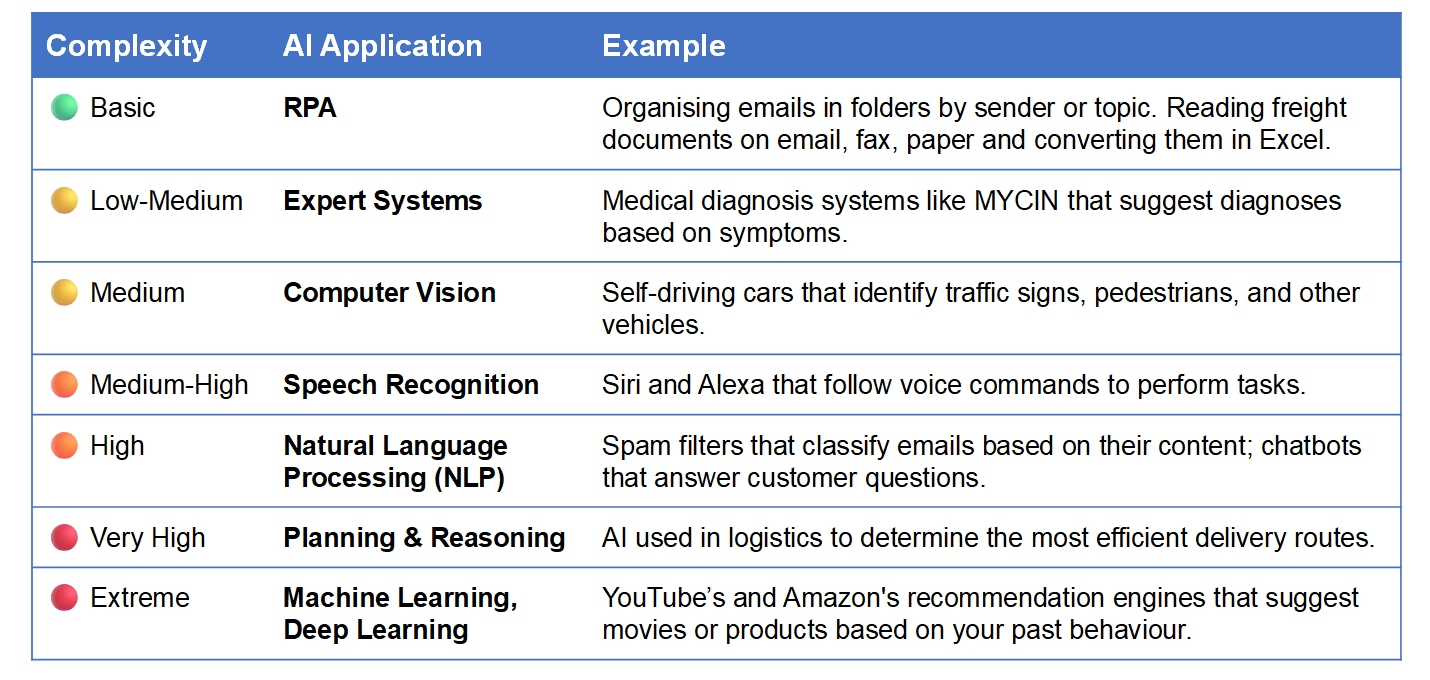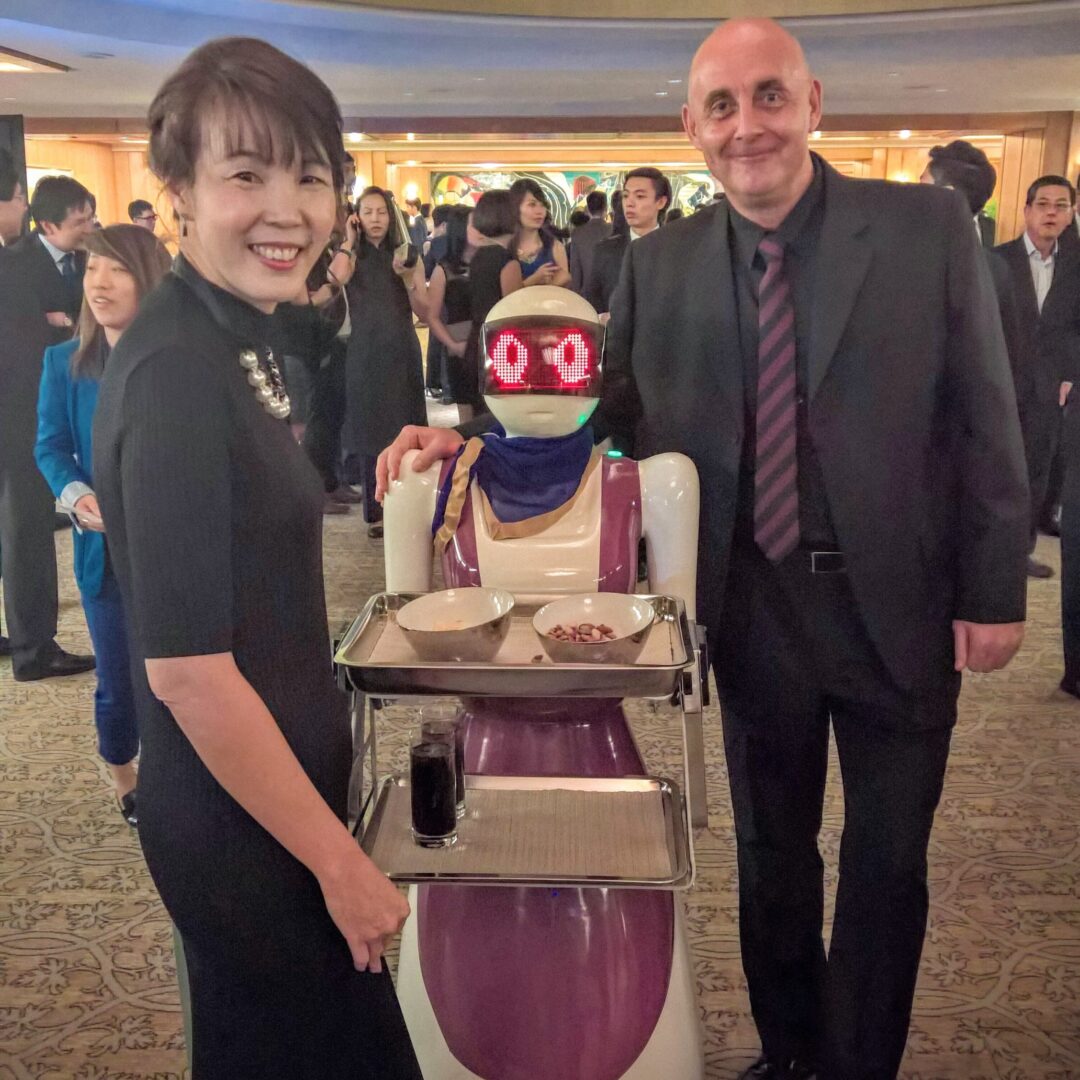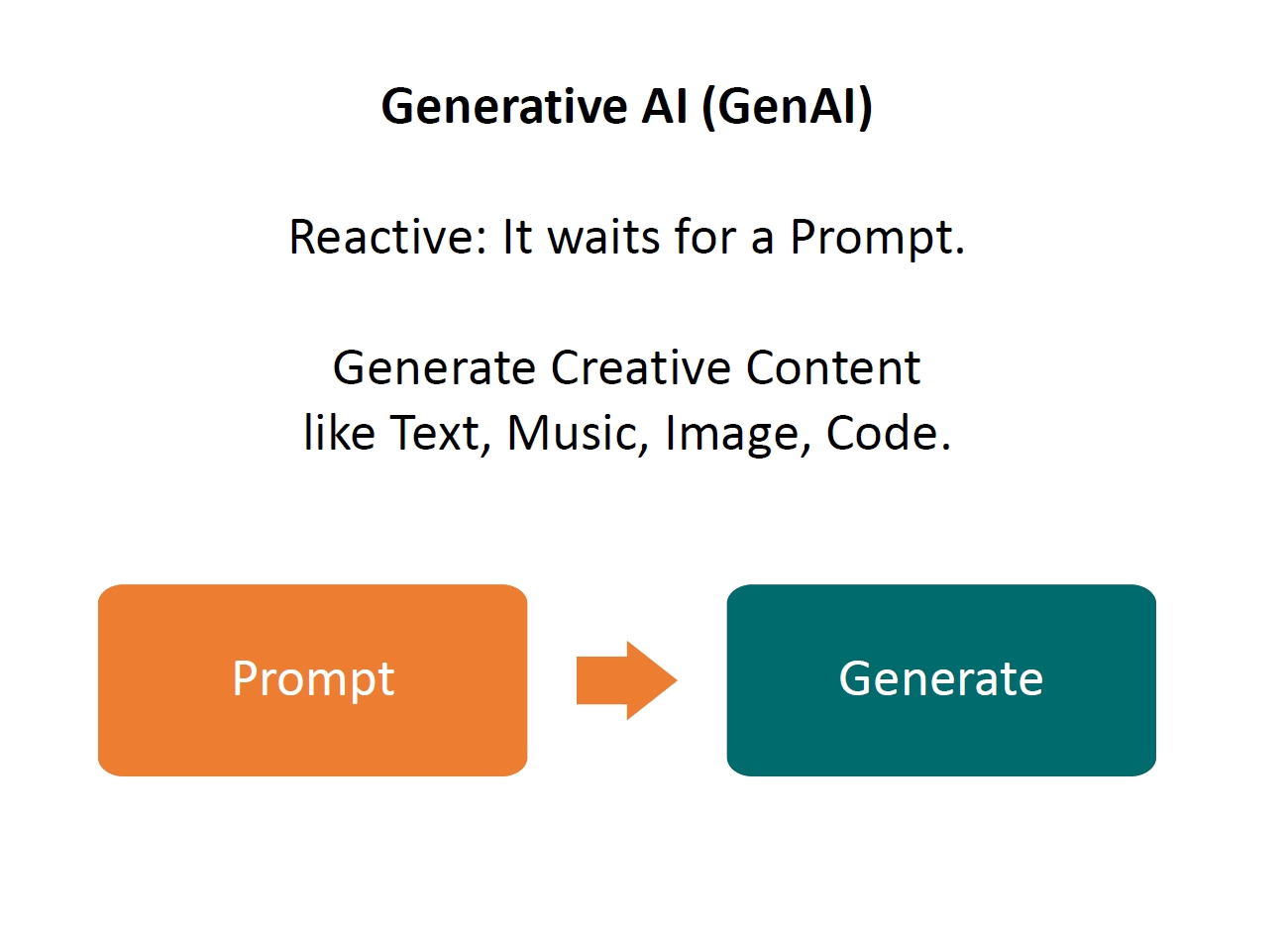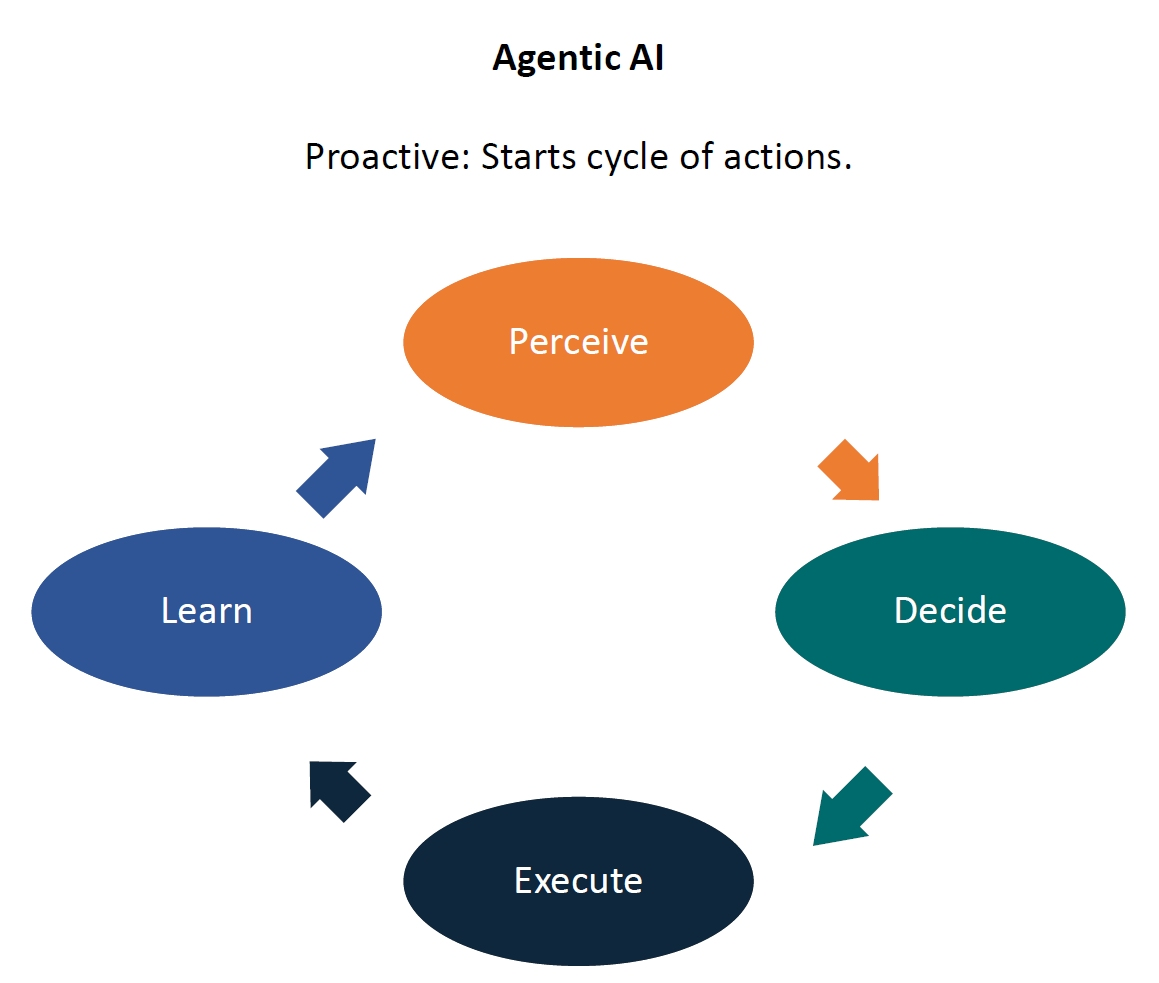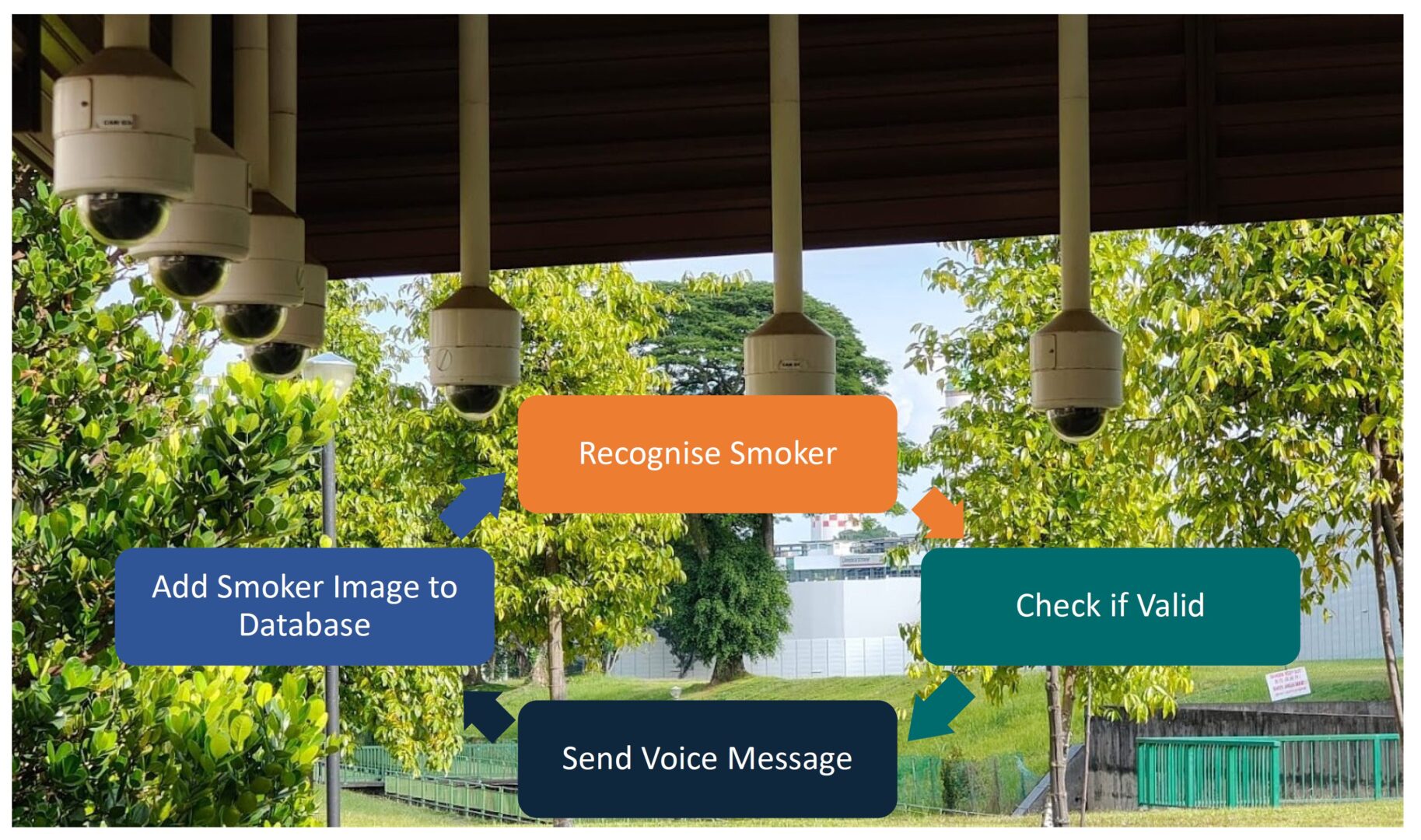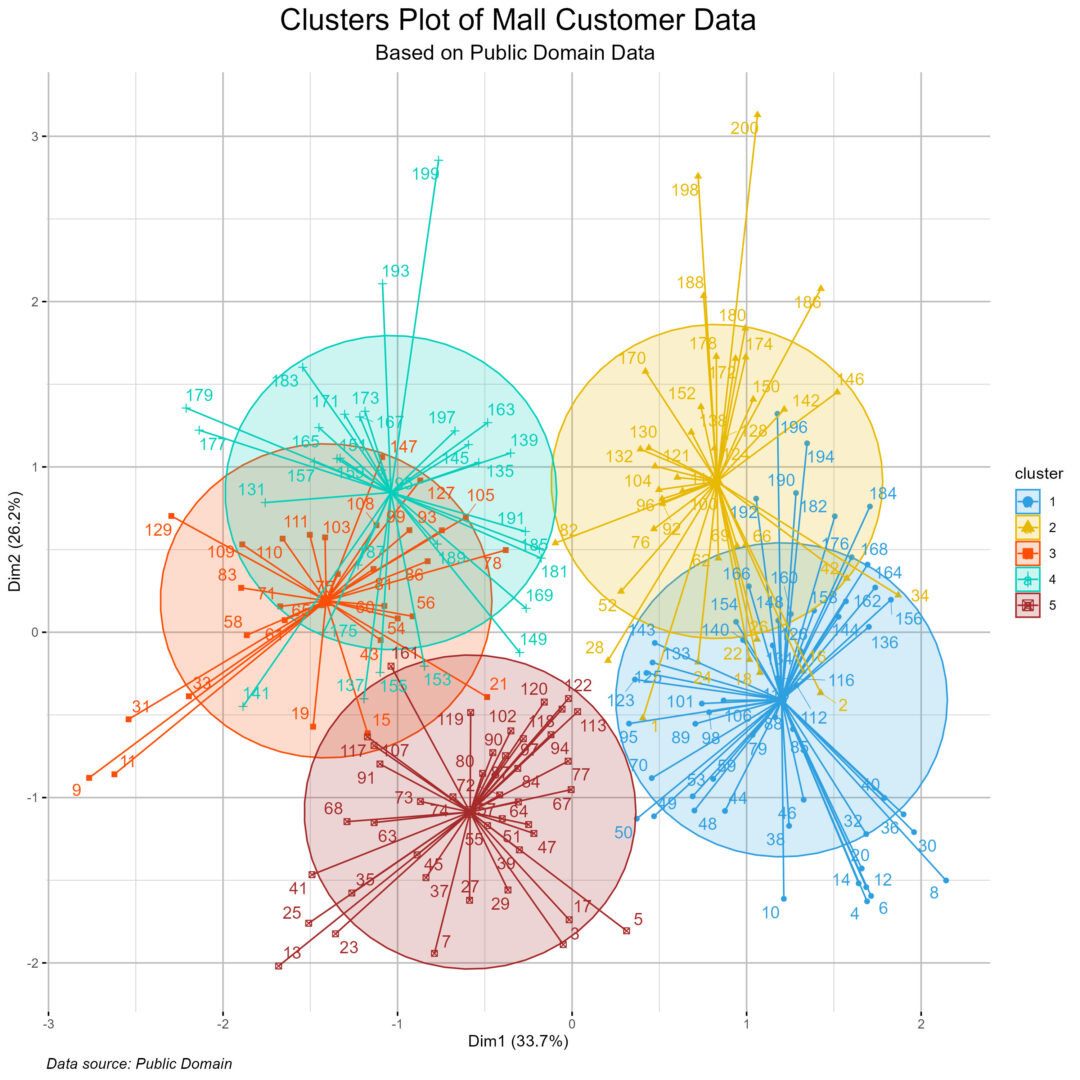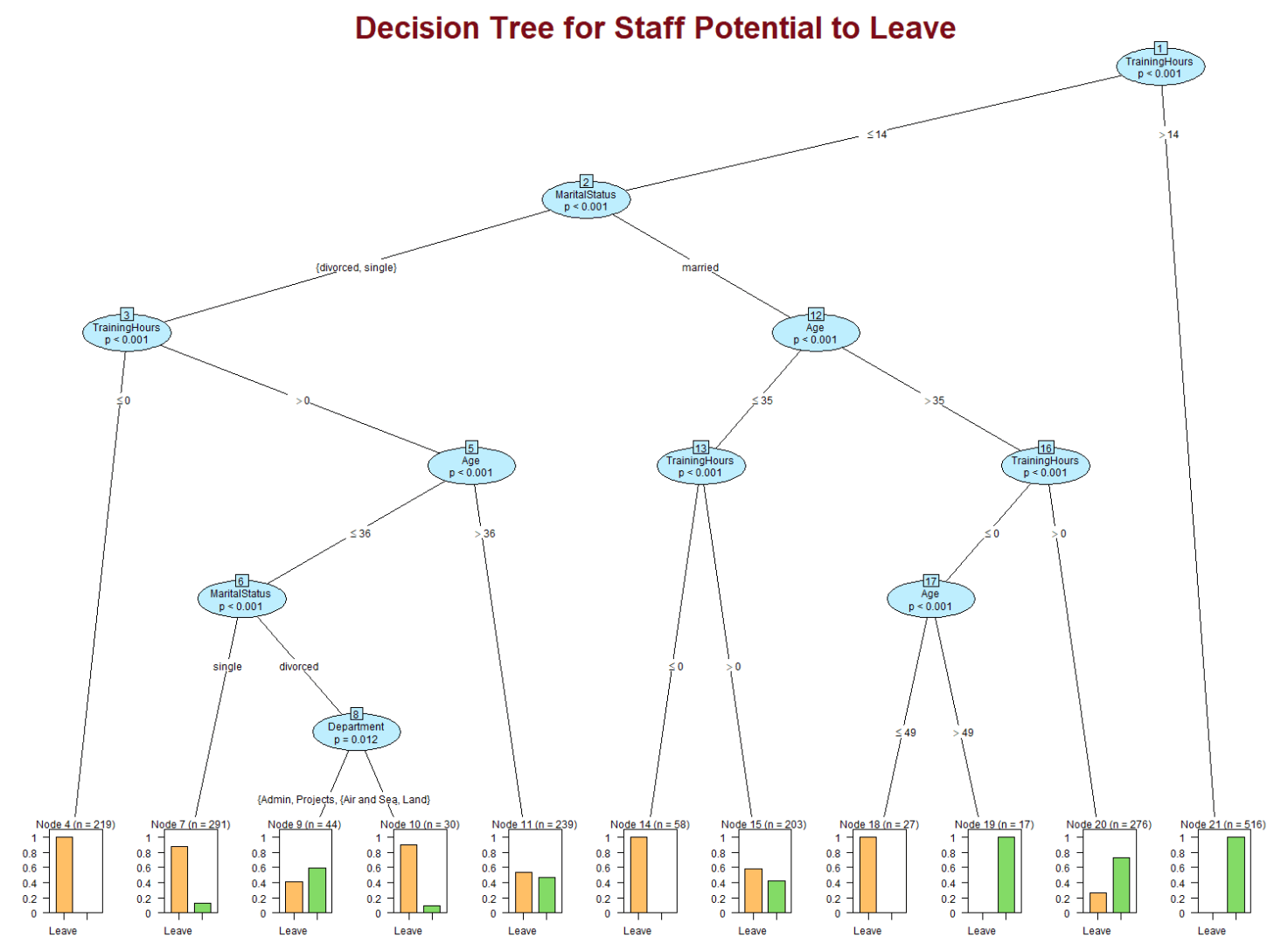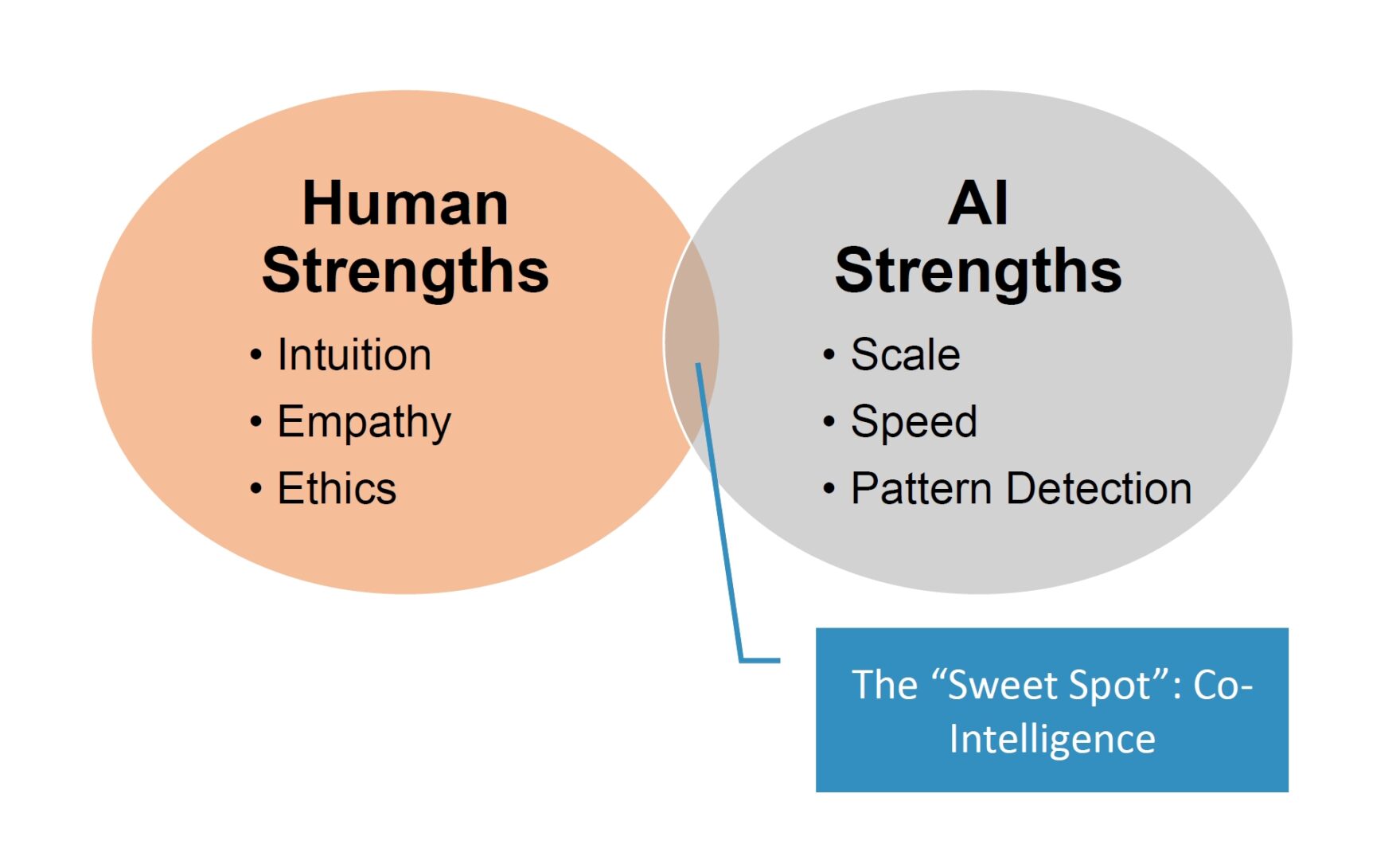
Meet Jarvis
From Tony Stark’s Jarvis to Alexa and Copilot. Here’s how AI is quietly transforming our homes and offices.
For many years, I was quite envious of Tony Stark and his magnificent assistant, Jarvis. I was hoping for my own personal AI sidekick, and then along came my assistant, Alexa. And now, I am once again the master of my house… well, at least when no one else is home.
Alexa, good morning… and suddenly, the news is on and the AC is off.
Alexa, play TuneIn Radio Köln… and a German radio station magically fills the room in Singapore.
Alexa, cook the eggs… and the egg cooker is on.
Alexa, connect stereo… and the sound from my home cinema is a go.
Unlike my human housemates, Alexa never says ‘Soon, my dear’ – she just gets it done.
Your Alexa Routine is Programming
Writing Alexa routines is programming – without the scary syntax.
Alexa is a rather simple example of Internet of Things, of GenAI. It consists of very sharp hearing, good speakers and some electronic circuitry in between. The intelligence does not come from the small device, but is obtained from the Internet.
Applications of AI
How GenAI and Agentic AI Are Changing Daily Life.
Many are already familiar with the basic applications of AI, what is now called Robotic Process Automation (RPA).
You’ve likely been using it for ages in the form of Outlook rules to move your emails to folders based on sender or subject. This kind of RPA had replaced such mundane manual work long ago.
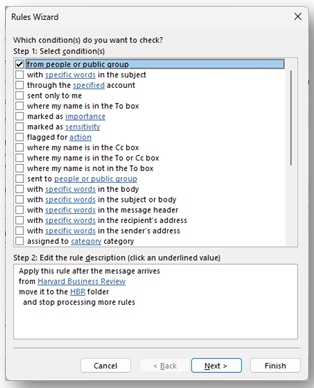
Of course, RPA has applications far beyond the simple email inbox. The following table shows some applications of AI, from the simple to the complex.
My girlfriend Alexa falls into the medium-complex AI category, and her usefulness has only grown over the years. Now she doesn’t just answer questions and save me the time of Googling; she also functions as a voice-controlled or timed switch for nearly everything at home.
After a recent fridge flood, we’ve enlisted the help of Alexa. She now keeps a watchful eye on our fridge and freezer temperatures, as well as any signs of water on the floor, so we can avoid a repeat disaster.
AI comes in many forms. Two well-known types are Generative AI (GenAI) and Agentic AI.
Other classifications can be studied here.
Generative AI
Your Mostly Reliable Helper at Home and in the Office.
Generative AI (GenAI) tools are becoming more common by the day. Names like AskAI, Claude, Copilot, Gemini, and Meta AI are just a few examples of the rapidly expanding list.
This technology is now integrated into nearly every application, helping to generate text, images, videos, sound, and even code. It’s not just for software, either; you can also find AI at work in your camera and mobile phone.
I bet, GenAI has been your reliable friend for some time. I use it many times a day. Even during our holidays, GenAI is of great help. 🙂
The following image of San Marco in Venice without tourists can be created in several ways.
- You can try to convince all the people to evacuate the square for a minute to take your photo.
- Alternatively, you can ask GenAI to do this job for you. Guess, how we did it.
Agentic AI
The Multi-Purpose Agent is working Everywhere.
Whilst GenAI usually waits for our hopefully well-designed prompt to be of assistance, Agentic AI consists of agents, i.e., software modules that do their job in the background. Their activities can be started by humans, can also be triggered by batch jobs or events.
These software agents perceive an audio, video, or other signal to begin a cycle to run.
In case Alexa functions as such agent, it could receive a noise from our grandson. This acoustic signal is then compared to a defined threshold, i.e., the noise level that triggers the signal “he is awake” to be sent.
After delivering a signal to mobile phones, it uses the just received signal and the response to learn. That is a simple machine learning example.
Of course, this can be more complex.
Agentic AI at Work
Some Examples of AI at Work
In the following, some simple AI applications are shown. Often, they are not even visible to us. They are everywhere.
Building the Specialists for the AI-driven Future
These Agentic AI solutions were developed by undergraduate and postgraduate students.
A Smoking Classifier to Remind Fellow Park Goes
Throughout Singapore, we have “no smoking” signs. This kind of rules only make sense if they are enforced. How to do that?
Having police in our parks does not look good and seems to be a rather expensive solution.
Using the ubiquitously available cameras all over Singapore, image recognition is able to detect images that could portray someone smoking.
After comparing these images with stock images, an action could be triggered like a voice message to remind fellow park goers of the non-smoking rule.
This becomes machine learning when the new images are fed back into the stock images for improving future comparison.
Clustering Helps Identify Mall Customer Archetypes
AI can help us make sense of vast, messy datasets. Take, for example, mall customer data. How do we figure out who our customers are and what they have in common? We can use a technique called Clustering.
This AI application groups data points into “clusters” based on their similarities, without any pre-defined categories. In the context of mall customers, this means the AI can look at data points – like a customer’s spending habits, visit frequency, and preferred store types – and group them into distinct archetypes.
You might end up with archetypes, i.e., clusters like the “Weekend Spender,” the “Daily Coffee Run Commuter,” or the “Teenage Window Shopper.” This powerful tool helps businesses understand their audience better and create targeted marketing campaigns without having to manually sift through thousands of individual data points.
Decision Tree Helps Estimating Attrition Risk
Just as clustering assists us in grouping customers, another AI method, the Decision Tree, helps us predict outcomes. In the business world, a decision tree can be used to estimate the risk of staff attrition.
It works by creating a tree-like model of decisions and their possible consequences. The model analyses various factors – such as an employee’s age, time in their role, or manager – and uses them to predict the likelihood of that employee leaving.
Each branch of the tree represents a choice or condition, and each leaf node represents a potential outcome. This powerful tool provides a clear visual path for understanding the factors that influence an employee’s potential to leave, allowing HR to intervene proactively.
For example, if an employee received 7h of training last year AND he/she is married AND his/her age is less than 35, THEN the chance for him/her resigning is slightly higher than the chance for sticking around.
Conclusion
Start your AI Journey
Creating a culture that is open for AI (Davenport, 2019) is not easy. The main obstacles to introducing such solutions aren’t technical. They are cultural (Waller, 2020).
By introducing simple, accessible AI like Alexa into our homes, we can make this subject much less intimidating and show people its true value.
After all, culture change is more acceptable when it comes in the dress of a toy. I encourage you to introduce your family, friends, and colleagues to the world of AI, and let the journey begin!
AI may drive the future, but people remain delightfully human – needing relationship, empathy, and purpose.
That’s where true leadership begins.
Dr Amy BC Tan
This Webpage has been created with the help of AI. Of course 🙂
- All Posts
- AI







